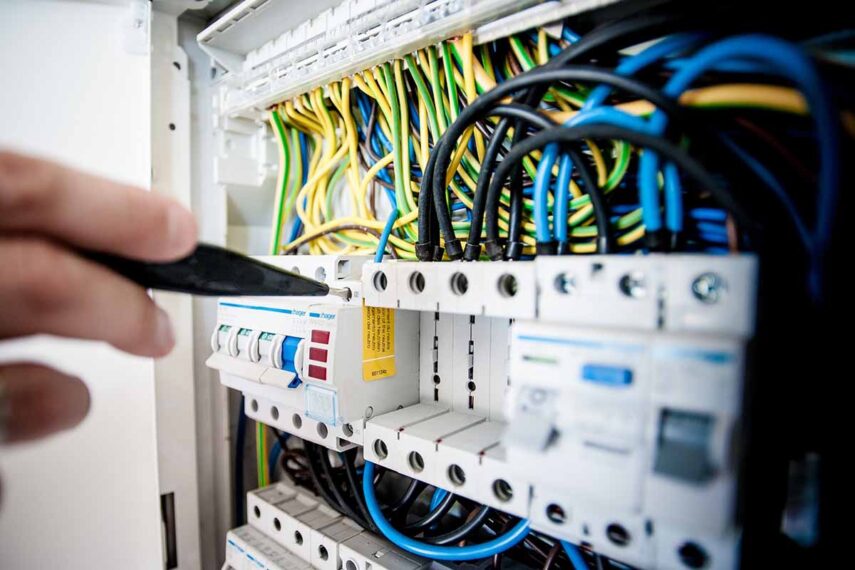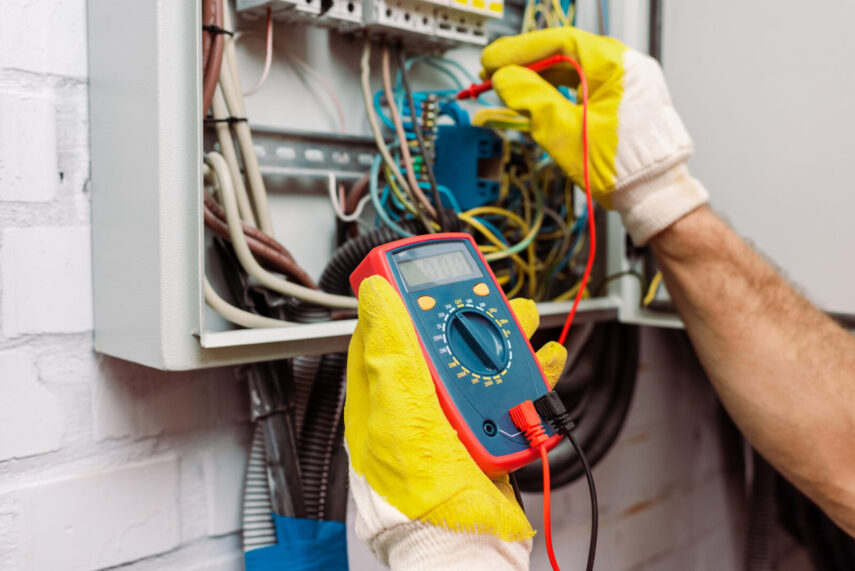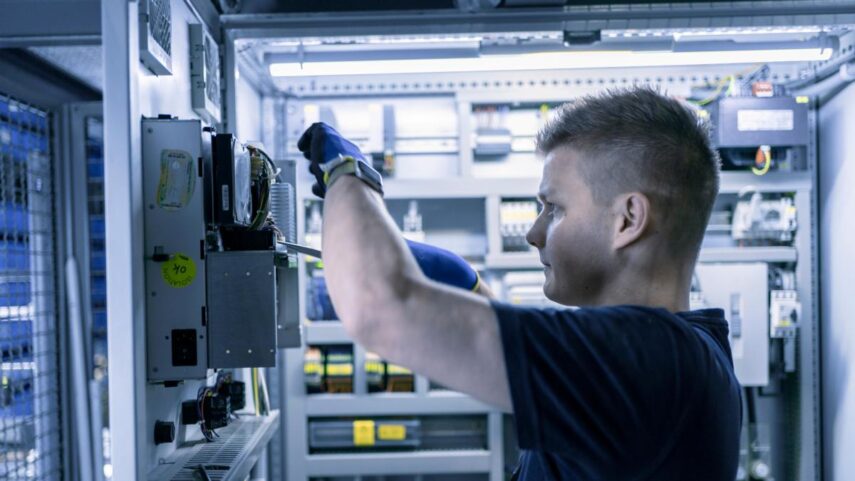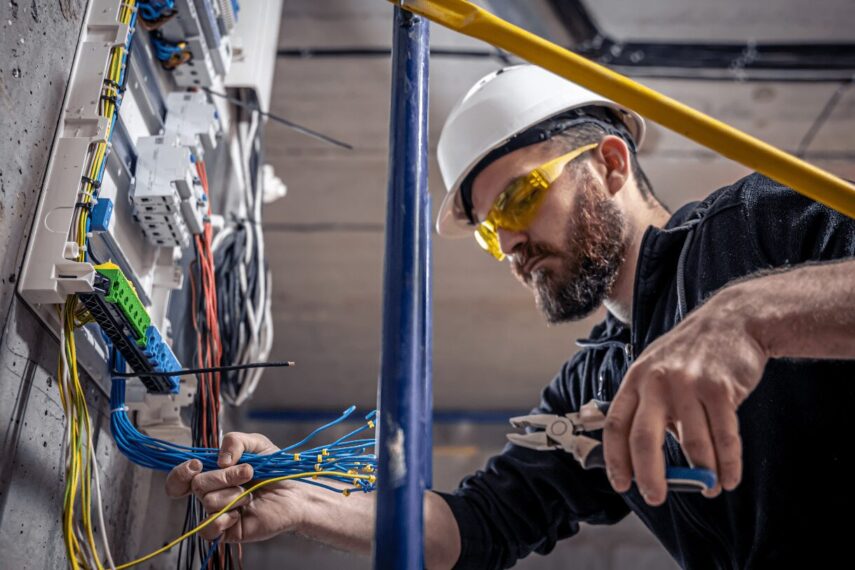Maintaining electrical systems is the key to avoiding safety hazards and ensuring the optimal functioning of equipment. Thankfully, systems maintenance is less complicated now than ever. Instead of having to manually disassemble and visually inspect components, electricians now have access to technology like infrared cameras for thermographic inspections. This article will offer insight into the essential steps required to perform electrical system maintenance using this advanced technology.
What Is Thermography?

Thermography is an inspection method that uses heat distribution images to evaluate electrical and mechanical equipment. Since most electrical components increase in temperature when they are malfunctioning, portable thermal imagers can identify potential issues with no need to disassemble equipment. Technicians can observe heat patterns using thermography to both locate faults and evaluate their seriousness. Businesses interested in learning more about this inspection method and the skilled technicians that perform it can visit mooreselectric.com.
The Benefits of Thermographic Inspection
Because thermography doesn’t require physical contact with the system being inspected, there’s no need to take electrical equipment out of production to perform basic inspections. There’s no loss of productivity or downtime associated with thermographic inspections in plants, which makes it a perfect tool for preventative maintenance and process monitoring. Thermographic inspections can also be used to identify mechanical faults, not just electrical issues.
When businesses work with certified thermographers, they can save money by avoiding costly failures. Given that electrical failures can lead to not just downtime but also potentially serious safety hazards, it makes good sense to schedule routine, preventative thermographic inspections. Working with a company that only hires certified electricians means that the same people who perform thermographic inspections can also fix minor issues on the spot.
Finally, thermographic inspection provides thorough documentation of the state of electrical equipment and machinery. The thermal images will be provided in easy-to-understand formats that make it easier for facility managers to make informed decisions and ensure that they are meeting industry safety standards.
Incorporating Thermography Into Essential Maintenance Routines

The easiest way for businesses to take full advantage of thermographic imaging is by hiring a company that specializes in performing electrical inspections using this advanced technology. However, some industrial facilities managers are also able to incorporate thermographic imaging into more comprehensive inspection and maintenance routines. Experienced thermographic imagers usually follow these steps when performing electrical inspections:
- Ready the Thermal Imager -The first step is to make sure the thermal imager is ready for use. Before the inspection, charge the batteries, calibrate the system by conducting a tear duct check, and clear the memory of previous data.
- Assemble Additional Equipment – In some cases, additional equipment will be required to perform a thorough inspection. Ready it in advance, making sure everything is in good working order.
- Upload Past Results – For inspection routes that are performed frequently, it can be helpful to upload past results to the imager so that the inspector can compare new findings to the previous ones. This step can also be performed post-inspection, but it can add extra work if there is something amiss that doesn’t get caught until after the inspection is completed.
- Discuss Concerns – Before beginning the inspection in earnest, sit down with the employees who work in the area. Encourage them to discuss any concerns or unusual conditions, and choose an escort who can assist with things like locating the equipment being inspected, removing panel covers, and taking load readings. This person should be able to fill in missing information about equipment conditions, as well.
- Check Panel Covers – Before removing the panel covers, the thermographer should check them while they are closed. If they appear abnormally warm on thermographic imaging, additional safety precautions may be required. Airborne ultrasound detection equipment can be useful in determining whether it’s safe to continue with the inspection.
- Record Exceptions – When taking first-time baseline readings, thermographers record everything. However, they only save recorded thermal images when exceptions or problems occur upon repeated inspections. When that happens, be sure to check the findings from multiple angles and collect other data that may be relevant, including visual images.
- Close Covers and Ensure Safe Operating Conditions – Once the thermographer has inspected the essential electrical components, the escort should close panels and ensure that all of the equipment is left in safe operational condition. The inspection is now complete, and the thermographer should have all of the information required to report to the facilities manager.
Results Reports

A skilled thermographer usually matches thermal and visual images and calls up secondary images to provide comparisons over time in official reports. The equipment must be identified, and the minimum and average temperatures included in addition to the maximum temperature.
For assets that are in safe operational condition, routine maintenance is now complete. If there are any areas of concern, a certified electrician should inspect them immediately and determine the best way to move forward with repairs. Equipment that is considered unsafe to operate should be taken offline until it can be repaired.
Tracking Thermal Imaging Results
Part of the reason that thermography is such a useful tool for ongoing electrical maintenance is that it offers the ability to track key results. Analyzing data over time makes it possible to see trends that wouldn’t be visible otherwise, and thermography is the only way to provide visual cues to heat generation caused by an electrical malfunction.
The results from electrical maintenance inspections should be incorporated into a larger data portfolio that also includes information about asset availability, production quality, maintenance spending, and total maintenance costs for each piece of equipment. Area managers and maintenance teams should be included in the results-tracking process.
The Easiest Way to Conduct Thorough Electrical Maintenance

By far the easiest and most effective way to use thermal imaging to conduct electrical inspections and targeted maintenance is to hire an outside firm that specializes in thermography. Companies that employ certified electricians as thermographers can provide both inspection services and basic repairs, making them the best choices for the job. If no one is available locally, that’s when it’s appropriate to consider training a current employee in thermographic imaging.
Related Posts:
- Electrical System Upgrade: A Complete Guide 2024
- 3 Simple Steps to Follow for a Perfectly Organized…
- How To Install Roofing Shingles - 6 Basic Steps to…
- Do You Want to Develop Your Own Technology Business?…
- Top 5 Cryptocurrency Trading Podcasts You Must…
- Top 7 Sports Betting Blogs to Read and Follow in 2024







